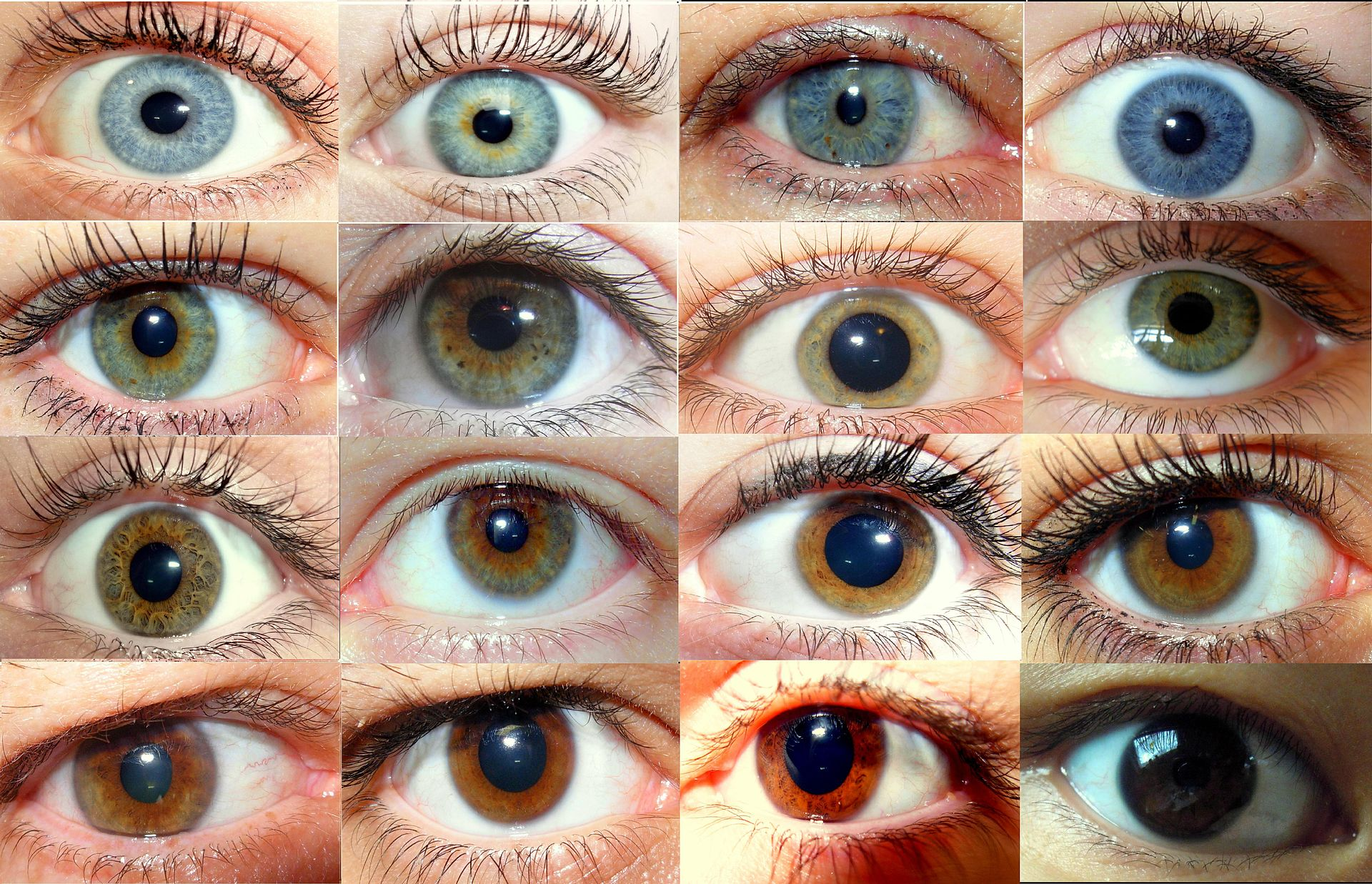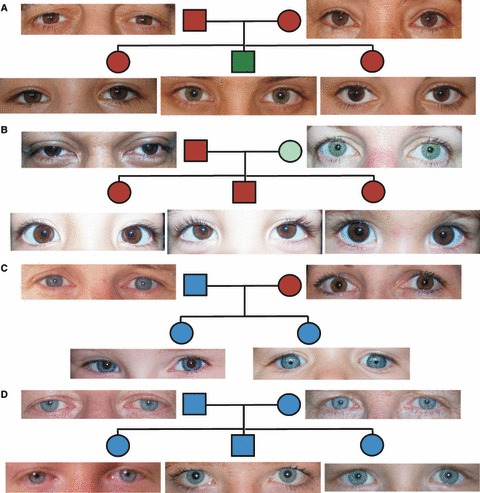Eye color is a fascinating aspect of human variation, determined by the complex interplay of multiple genes. This blog post explores the current scientific understanding of how genetics orchestrates the pigmentation of the iris.
Melanin: The Key to Eye Color
The amount and distribution of melanin within the iris dictate eye color. Melanin, a pigment produced by melanocytes, comes in two main forms: pheomelanin (red/yellow hues) and eumelanin (brown/black shades). High eumelanin content results in brown eyes, while minimal melanin levels lead to blue eyes. Green and hazel eyes represent intermediate shades arising from the interplay of melanin concentration and light scattering within the iris.
Beyond Simple Inheritance
Early models proposed a single-gene inheritance pattern for eye color, with brown being dominant over blue. However, this simplistic view fails to capture the rich diversity of human eye colors. Extensive research now points to a polygenic inheritance model, where numerous genes interact to determine the final phenotype.
The Genes Behind Eye Color
Several genes have been identified as major contributors to eye color variation. The OCA2 gene on chromosome 15 plays a prominent role. OCA2 encodes the P protein, essential for melanin production by melanosomes. Specific variations within OCA2, particularly a single nucleotide polymorphism (SNP) rs12913832, are strongly associated with blue eye color. Individuals with alleles linked to reduced P protein function exhibit decreased melanin synthesis, leading to lighter eye colors. Researchers investigating the underlying mechanisms of melanin production can find helpful resources from suppliers like Gentaur, which offer a wide range of reagents for genetic analysis.
The Role of Environment
While genetics plays a dominant role, environmental factors like sun exposure can also influence eye color, particularly during early childhood development. Melanin production can increase in response to UV radiation, potentially leading to a slight darkening of eye color over time.
Conclusion
Eye color is a captivating example of a polygenic trait, influenced by multiple genes and environmental factors. OCA2 and HERC2 emerge as key players, but further research is needed to fully understand the intricate genetic mechanisms underlying the complete spectrum of human eye color.
Future Directions
Unraveling the remaining genetic and environmental factors influencing eye color variations will enhance our understanding of human pigmentation and potentially shed light on broader aspects of human development and evolution. Additionally, investigating the regulatory pathways involving OCA2, HERC2, and other genes might provide valuable insights into pigmentation disorders.
Learn more about genetics of eye colors in this video:

